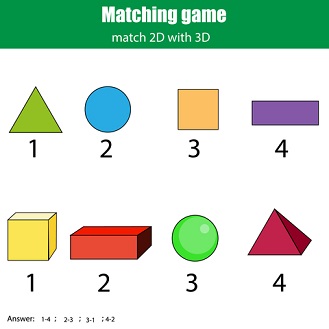

"A really awesome website! Teachers and students are learning in such a fun way! Keep it up."Ĭomment recorded on the 1 August 'Starter of the Day' page by Peter Wright, St Joseph's College: I love you website I use it every maths lesson I have with every year group! I don't know were I would turn to with out you!"Ĭomment recorded on the i asp?ID_Top 'Starter of the Day' page by Ros, Belize: "Very good starters, help pupils settle very well in maths classroom."Ĭomment recorded on the 17 June 'Starter of the Day' page by Mr Hall, Light Hall School, Solihull: Pupils should be taught to apply Pythagoras’ Theorem and trigonometric ratios to find angles and lengths in right-angled triangles dimensional figures more.Ĭomment recorded on the 3 October 'Starter of the Day' page by S Mirza, Park High School, Colne: Pupils should be taught to calculate surface areas and volumes of spheres, pyramids, cones and composite solids more. Pupils should be taught to construct and interpret plans and elevations of 3D shapes more. Pupils should be taught to use the properties of faces, surfaces, edges and vertices of cubes, cuboids, prisms, cylinders, pyramids, cones and spheres to solve problems in 3-D more. Pupils should be taught to derive and apply formulae to calculate and solve problems involving: perimeter and area of triangles, parallelograms, trapezia, volume of cuboids (including cubes) and other prisms (including cylinders) more. Pupils should be taught to calculate, estimate and compare volume of cubes and cuboids using standard units, including cubic centimetres and cubic metres, and extending to other units more. Pupils should be taught to recognise when it is possible to use formulae for area and volume of shapes more. Pupils should be taught to recognise, describe and build simple 3-D shapes, including making nets more.


Pupils should be taught to estimate volume and capacity more. Pupils should be taught to identify 3-D shapes, including cubes and other cuboids, from 2-D representations more.


 0 kommentar(er)
0 kommentar(er)
